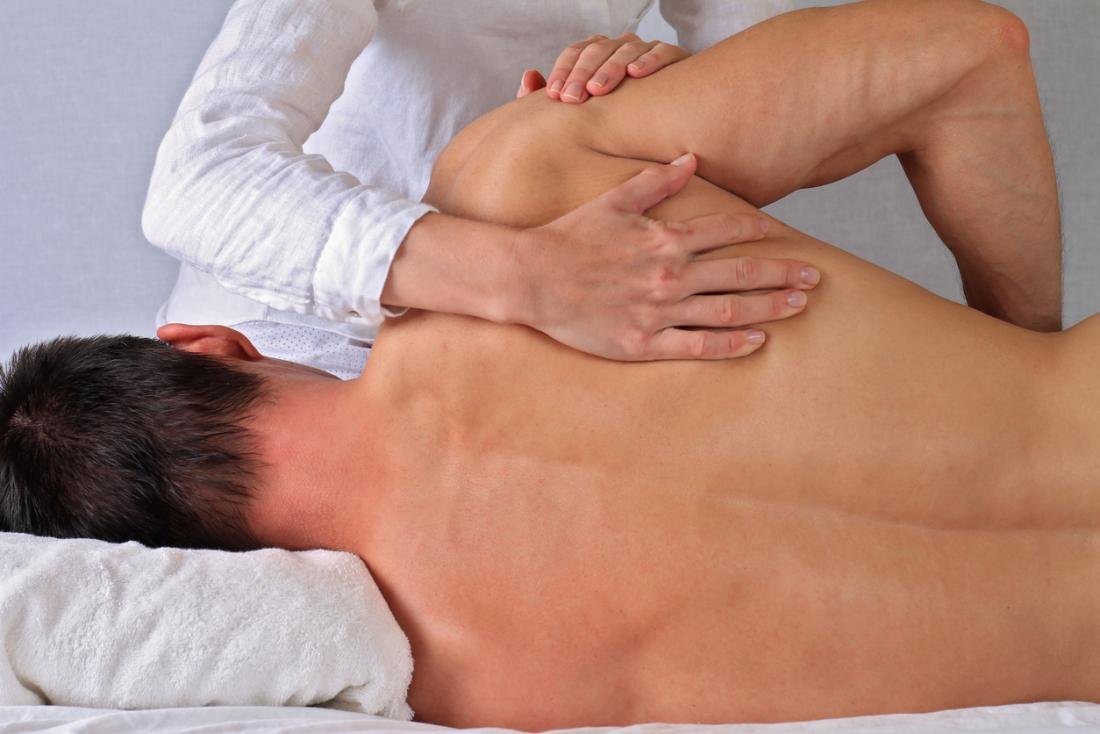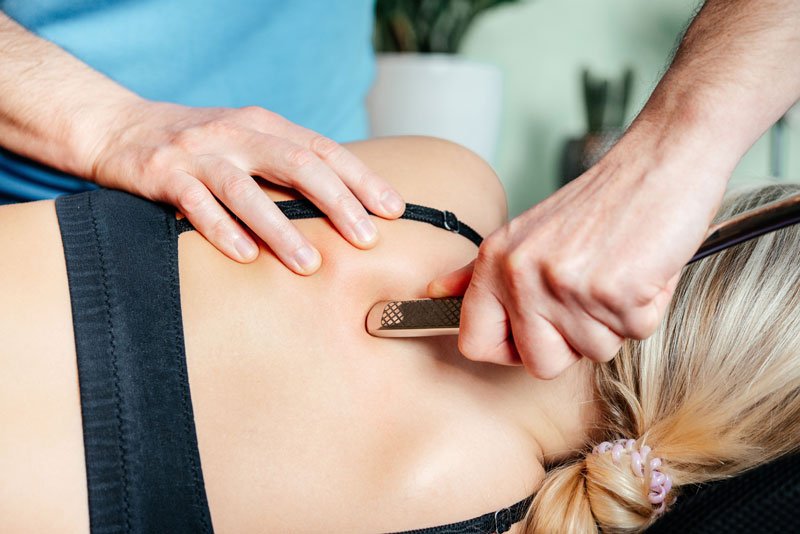Manual Therapy is a hands-on treatment where the clinician moves the tissues, joints, and/or nerves. At FORTIS, Manual Therapy encompasses several treatment modalities, including Osteopathy, Cupping, and Instrument Assisted Adhesion Release (Graston, FAT-Tool, & Guasha). Take a look at each technique below!
Manual Therapy
Osteopathy
Osteopathy is an alternative medicine that aims to restore the body’s function through manual therapy and movement. Osteopaths use a broad skill set, including soft tissue techniques, careful adjustments of the spine and extremities, and visceral and cranial (cranio-sacral) techniques.
How can Osteopathy Help?
Those who experience one or more of the following may benefit:
Acute (new) or chronic (on-going) pain
Return to sport/activity management after injury
Headaches and migraines
Digestive problems
Women’s health (reproductive difficulties, postpartum, urinary incontinence)
Post concussion rehab
Respiratory difficulties
General health & well-being
Our Physiotherapist, Diana, integrates osteopathic techniques into her treatments, and now offers:
Visceral Manipulation
Lymphatic Drainage Therapy
Craniosacral Therapy
Practitioners:
At FORTIS, one of the modalities we like to use is cupping. Cupping is a form of “vacuum therapy” that is used to improve mobility and blood flow at target tissues and systems.
Discover HOW these outcomes are achieved with cupping
Practitioners:
Instrument-Assisted Adhesion Techniques
Gua Sha
Graston
FAT-Tool
Gua Sha (“gwahshah”) is a traditional Chinese medicine technique that involves gently scraping the skin with a smooth-edged tool to increase circulation, reduce inflammation, and improve healing.
Graston Technique® is a specialized type of Gua Sha that uses medical grade stainless steel instruments to treat the soft tissues of the body. Each instrument is specifically designed and curved to treat certain areas. Though Graston Technique can look and sound a little intimidating, it is actually a very comfortable and beneficial type of treatment. The instruments are used in a gentle “scraping” method to treat scar tissue and reduce fascial restrictions, which enable faster recovery, improved or restored mobility and decrease of pain.
Fascial Abrasion Technique® (FAT-Tool) employs a similar approach but with a specialized tool. Using the hand-held FAT-tool, clinicians scan the body to locate fascial restrictions and then apply precise pressure to reduce fascial tension. Similar to Graston, the FAT-tool is used to treat scar tissue causing pain or limiting motion, and to stimulate a local inflammatory response that supports rebuilding of injured soft tissue.
Practitioners:








